Wai-O-Tapu
An early cloudy start
Today we get up a bit earlier,
because we are on a timeline today– the Geysir erupts at exactly 10.15 and you
should be there around 9.45 and we have to drive a half hour. When we got up
you couldn’t see anything as everything was in the clouds – what!!! How about
some sunshine, we checked and as per internet it should be nice and sunny today
– ok, so let’s go. Our destination today is south or Rotorua at Wai-o-Tapu.
In the area around here, there are
a lot of geothermal areas, we can’t see them all (as we don’t have the time
and money – as none is cheap). That
brings up the question, which to pick: Gine choose this one for today as it
sounds like it could be super cool.
It was a pretty cool and mystic
drive there as we were always in the cloud.
Lady Knox Geyser
- In 1901 here was an open prison: that is a prison for criminals who were not deemed to be a danger to society. The prisoners thought they want to wash themselves and their clothes in the nice hot water around here with soap – at that time it was a big round geyser lake – what they were not aware is that that the soap triggered an eruption – as per the lady the clothes were flying in the air with the water and the prisoners were running naked back to camp. They put slowly stones around to contain it and the Silca covered it and today instead of a pool we have this volcano like cone
- The same concept is still used today – the Geyser erupts all by itself too but you never know when and how, when the soap is put in, the surface tension of the water decreases, when that happens the H2O molecules can separate form each other with greater ease and the liquid turns into gas: you have an eruption
Once we arrive, Paul waits in the
Car and Gine gets the tickets and then we drive to Lady Knox Car Park – it is
1.5 km away (and yes some people walk) – we arrive there a good half hour early
and pick our spot for waiting. We could see the little volcanic geyser in front
of us with some steam coming out. Once it was 10.15 we get some info about the
Geysir, as well the important emergency info. And then the girl starts to sing
a Maori song – super amazing, during which a guy poured some soap down into the
volcano and then it starts to bubble and bubble more and then it shoots up in
the air. It was pretty amazing – and the big question is now: is that a real
geyser or not??? Per Paul it is not.
With all the other people we
headed back to the parking driving in a long line slowly back to the other
parking lot. Time to head into the park.
Wai-0-Tapu Thermal valley
- Wai-o-tapu is part of the Maroa Caldera,it formed around 160.000 years ago,it is the largest area of surface thermal activity in the Taupo Volcanic area
- The Maoris used it for cooking, drinking, bathing and healing – it is still owned today by the Ngati Tahu Ngati Whoao
- Wai-p-tapu means sacred waters
- Already in 1931, the area became protected as a scenic reserve
- The Taupo Volcanic Zone is one of the most active volcanic areas in the world: it is 250 km long and 30-80 km wide it starts at the White Island in the Bay of Plenty and ends at the 3 famous volcanoes south of Taupo: there are 17 major hydrothermal fields in it
- Waiotapu is at the edge of the largest caldera in the southern hemisphere (there are 4 calderas around here)
- Why is it so active: the world is made up of plates which move independently: NZ is between he Indian-Australian and the Pacific plate (which goes under the Indian-Australian one)
- There are 14.000 earthquakes measured in NZ – some of the big ones were: 1855 Wellington, 1929 Murchison, 2011 Christchurch, 2016 Kaikoura –we are here on a “shaky island”
- By the way geothermal power makes up 15 % of NZ’s energy
- Did you know by measuring the depth of ash layer on land and sea the scientists work out on how much got blasted into the air in an eruption
The park has 3 loops and yes, we
will do all of them –we head out for our 3 km walk through the volcanic area.
As we go in, we cross the Waikato River and already it not only smells it but
also can see the hot river flowing underneath us. Let the fun begin:
Craters:
there are a lot of them here to
see and they are huge and super amazing – you can’t see down as they are so
deep, but we can hear it bubbling as well can see the steam rising. As well
when you lift your eyes to the surrounding area you can see the white area
where nothing growth and then trees and bushes and everywhere you can see steam
rising up. All totally eery like you are on a different planet – and then once
in a while the sulphur smell and steam reaches you. One of the first craters we
saw was the Te Rua Uenuku and the Te Rua Whaitiri.
- Acidic elements rise from the underground water system, they erode the ground and it collapses into craters, there are over 12 craters in this area from 5 – 15 m in diameter and up to 20 m deep
- The most recent formed collapsed crater is Te Rua Whaitiri which formed in 1967, when it initially collapsed it sounded like rolling thunder – and the acoustic of the crater reproduced it. This crater is now four times the original size compared to when it collapsed and is still growing as the 98-degree acidic steam rises
- You can see at the walls the colors of the oxidized minerals: purple = manganese oxid, red/brown = iron oxid, yellow – sulphur, pink = mercury oxid, white = kaolin or Chinese clay
- One Crater Rua Owhanga has birds nesting in the holes of the walls as the heat rising up helps to incubate the eggs and keeps the birds warm (how cool is that)
Ipu: We also came by some
mud pools or craters which on the first glance don’t do anything, but if you
look closely, they still bubble.
- Those pools contain unrefined crude oil and in the late 1800s and early 1900s the surface was skimmed to burn in kerosene lanterns. Those pools are only 50 C – depending on the rain they bubble more or less
Champagne Lake
- It is the largest hot spring in NZ with 65m in diameter and 62m deep
- The bubbles in it are caused by Carbon dioxide (that is why they call it Champagne)
- It is estimated that the it formed around 700 years ago by a hypothermal eruption and is in a very steep deep crater
- Water enters the pool from a deep spring with a temperature of 230 C before it cools and at the top a surface temperature of 74C, the ph is 5.4 – when it flows over the Artists palette it cools to 15 C and the pH increases to 7.6
- You can find a lot of minerals in it like gold, silver, mercury, sulphur, arsenic, thallium and antimony
- The orange ring is from arsenic and antimony sulphur
First, we came to the Artists
palette an overflow of the Champagne Lake which brings a lot of minerals to its
surface showing lots of colors – and it is every day different. We saw some
super bright lemon orange going into beige and orange with a little bit bluish
water in between. As we walk around it and its overflow, we can see the
mountains mirrored in the water – super amazing.
As we walk over it (on
boardwalk!!!) we come to the famous Champagne Lake: amazing – it is one huge
steaming area and on the outside you have this bright orange belt coming from
the white with the blue/green lake inside…. I think you have to see it to
believe it.
Sinter Terrace
- These ones are the largest in NZ, the water flows over them from the Champagne lake, as it flows over them it evaporates and leaves geyserite behind – this happened for over 700 years, today they are around 1.5 hectares and they are still growing
- Sinter is also called silica sinter: sinter is a rock made of silica that forms of high temperature hot springs when it cools
- Geyserite is a dense form of sinter that forms near the vents
We had a view on them down earlier
and later walked down and along them – a huge fast area of white crusted
ground.
As we continue on our journey we
come through some forest and also learn that this is a sacred area for the
Maori as it was a burial ground and they buried here people until 1910. As we
walk along we can see always glimpses of this sinter terraces
Another view is to the Kaingaroa
forest (meaning a long way without food) and it is the largest man-made forest
in the southern hemisphere and the 2nd largest in the world (by the
way this is a soft-wood plantation).
Now we are going a lot and lot of
steps down: all the way to the end of the Sinter Terrace where we can see the
Te Rere Arai Marena those are falls (a drizzle of water) and you can see algae
in different colors – from here it flows towards Lake Ngakoro.
Papa Wera
- Sulphur Mounds: they formed underwater and they are only visible in a drained valley
- Kanuka trees: it is something between a shrub and a tree, and the bark of the trunk peels, they are not very tall and grow up to 10 m
- Dianella Nigra is a perennial herb of NZ, it is a flax like plant and grow up to 0.5m tall – it is known for its bright blue berries, it is regarded as a poisonous berry to humans (the color of the berry is super amazing)
We are following a little bluish
weird looking stream, at one time we can see some sulphur mounds weird looking
little hills (sulphur mounds). We also walk through a lot of forest and have a
lot of views on steam coming out of the forest – by the way the trees here are
really cool looking – no straight trunks here: those are Kanuka trees. At one
point we stop for a drink and we can see some super bright blue berries: the
Dianella nigra.
We came by what they call the Sulphur
Cave – likely because there is so much yellow and a sulphures pool.
Papa Wera: here it bubbles but
then it is an eruption crater with an unstable floor and if you look you can
see more and more bubbly areas everywhere around us – walking around more and
more bubbly areas: at one time we were at a spot all you could hear is bubbles
everywhere around us.
Lake Ngakoro
Now comes another highlight
through the forest we come to a super green lake: Lake Ngakoro – this is such
an unbelieving green color and then we see it from another view point and here
is a hot waterfall going into the lake: the Ngakoro waterfall: because hot
water flows into the lake year around it is very warm and the algae growing
here gives it the green color – how cool is that.
And now we start on our way back:
by the bubbly area – through a lot of forest and up a lot of steps and we are
back at the end of the Sinter terraces and this time we walk along them: a long
walk along white silca rock.
We are hot and we are back at this
amazing Lake Champagne and again we have to admire it: this time with full blue
sky – so amazing. As per Paul Gine is way to slow and he will go ahead and not
stop and look every two minutes – but then here you don’t smell the roses you
smell the sulphur!!
Roto Karikitea
Now we are heading back through
the super cool crater landscape and admire some more huge craters in the ground
like Rua Pum – and it is difficult to say which is the most amazing one – they
are all super cool.
At the Anga Whanriki we can see
the super nice yellow sulphur at the walls and here is a chlorine pool (where
people actually cooked in).
Think you saw all highlights of
the day: wrong, there is still Roto Karikitea, also an overflow of Champagne
Lake, but this lake looks so amazing from the minerals suspended in the water
which refract the sunlight and is super bright lime green – I don’t think I
ever saw anything like this. By the way this pool has a pH of 2.0 which makes
it super acid (and makes it hazardous) but it is not very hot only 14 C.
Paul said that he was slow and got
passed by a lot of people – but that I totally am the slowest person in the
park– but then this is the perfect park to smell the sulphur (no roses here).
The Hot’n’cold rivers
Only a short drive away we stop again,
as here the hot Waikato River meets the cold river: we decided not to go for a
swim – but we walk into the river and where it is mixed it is warm and the
closer to walk in the water to the Waikato River the hotter the water gets (too
hot) – when looking upstream you can see the steam rising up – but it is
definitely a thermal pool for the locals.
At the mudpools
- Acid waters attack and dissolve the adjoining grounds and digest many minerals in the rock forming mud pools
- If it boils and steams deep underground at 10-100m it makes those mud pools
- And as we already know it depends on the amount of water on how bubbly those pools are
- The mud pool is around 60-80 C and called hydrothermal clay
- How long do those once exist? No one knows, this is a very old, thousands of years old thermal area and the eruption of Mt Tarawera around 700 years ago impacted the area a lot
No, we are not done, we are
stopping at the mud pools, and this is a huge one and it bubbles and busts all
over, also we learn that you should be careful as sometimes hot mud can
splashes on the boardwalk. We love those mud bubbles so much, we are actually
staying for quiet a while to watch it bubble and bust into the air.
Fun relax times at the
Lakefront Park
Now we are hot and need a break, head
back, make a coffee and stay a bit in the shade before we are heading out
again. This time we go to the lakefront park. Before relaxing we check out the
“Eat Street” a pedestrian street with one eatery near the next one (we think it
is made for the tourists, as it looks super cool and has also super cool
prices). Then we sit in the shade and watch people with lake view – we are near
an ice cream place which has a sign “today is a public holiday and we charge a
10% holiday surcharge” – wow!
After a bit relaxing, we walk
along the lake, enjoy the super cool made park with its super cool Maori style
columns, and as we admire the lake and the birds, a float plane and a
helicopter come in both at nearly the same time – I mean how often can you see
that?
We had another amazing day!!! When
we left the next day, we came by a cool Airline name: Volcanic Air!!!
Is NZ Bilingual??
- New Zealand has 2 official languages: English and Maori – but most of the time it is not considered bilingual, it is likely because everyone speaks English and it is the official language
- It may should be mentioned that the New Zealand Sign language is the 3rd official language
- Maori language became an official language in 1987 and it can be used in legal settings – and yes, very often we can see both English & Maori
- After WWII Maori were discouraged to use their language and it was only used in very remote communities, therefore many saw the language as one with no purpose and they didn’t teach their children
- Today a bit over 180.000 people speak Maori (as in 2018) enough to hold a conversation (but there are radio stations in Maori language) – it should be noted that there is no Maori living in NZ who doesn’t speak English. Maori is the 2nd most spoken language in NZ
Are there Health hazards of
sulphuric steams??
- The Hydrogen Sulphit H2S we can smell here can be toxic if it is in high concentrations, but they also saw some health benefits at low concentrations
- They did a large study on long-term residents in Rotorua and it did not show any negative impact
- Animal studies showed that a low concentration of H2S have a protective factor on dopaminergic neurons
- It is important to remember that all parks have a siren warning system, and if there is a higher exposure of H2S they will have the sirens for emergency evacuation to avoid the toxic inhalation of H2S

 Waiotapu Thermal Wonderland, Waikato, New Zealand
Waiotapu Thermal Wonderland, Waikato, New Zealand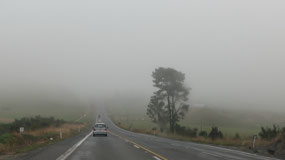

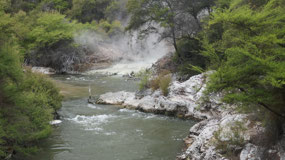
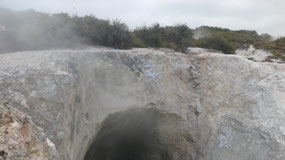
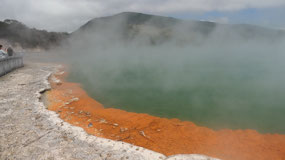
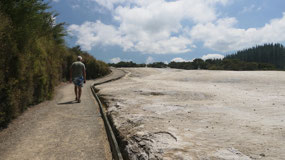
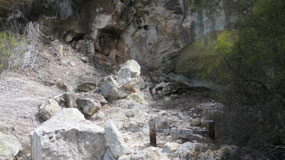
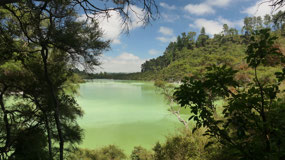
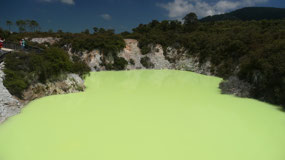
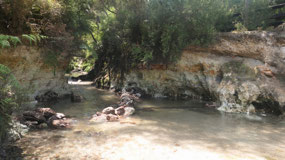
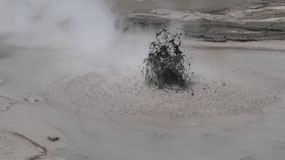
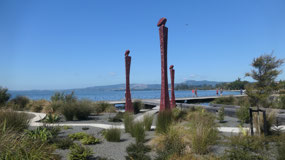
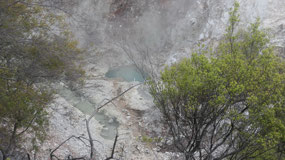



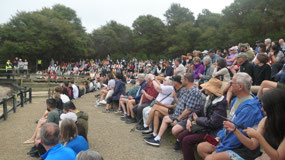
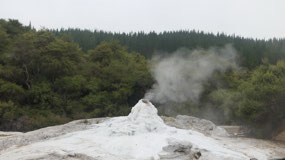
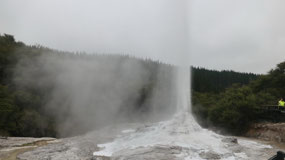
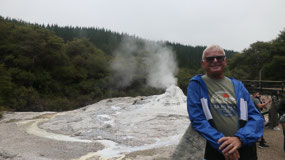
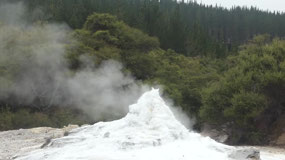
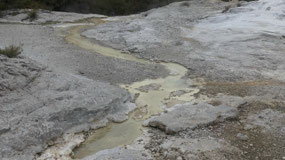
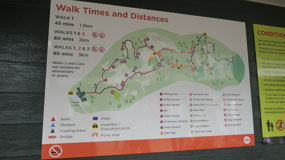

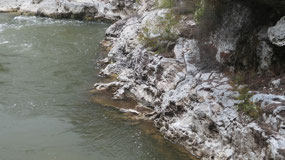
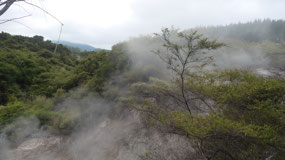
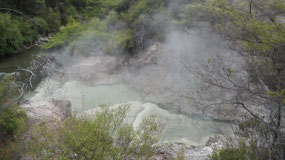
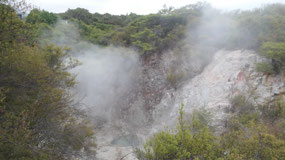
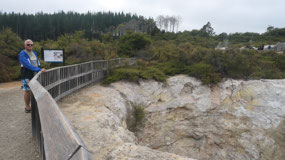
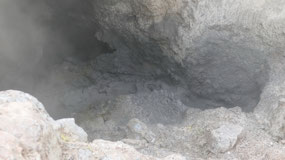
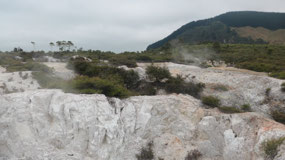
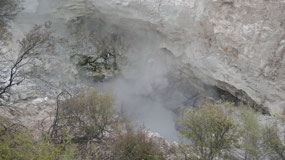
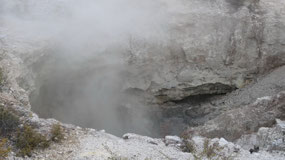
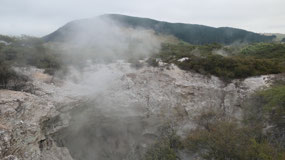
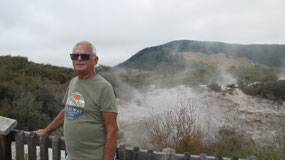
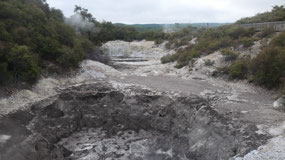
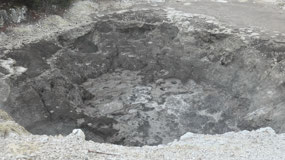
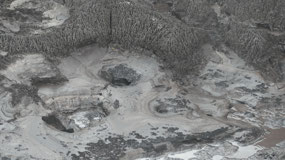

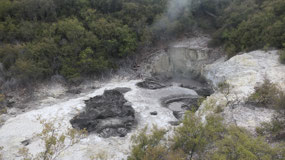
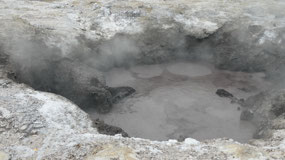
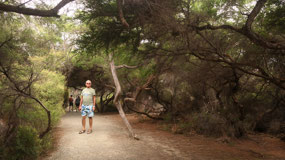
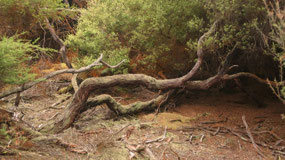
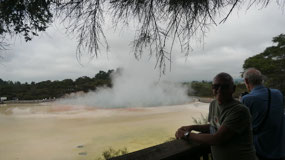
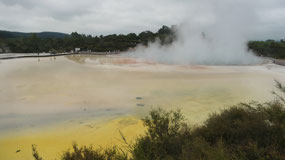
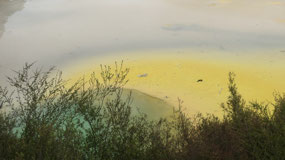
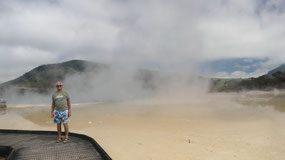

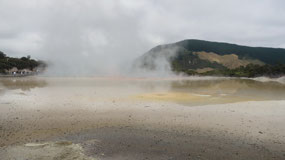
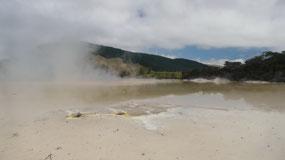
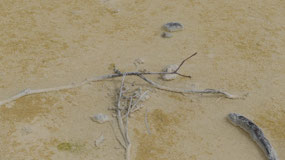
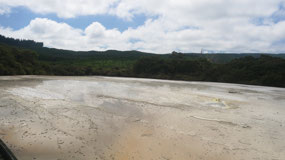
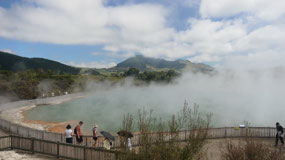
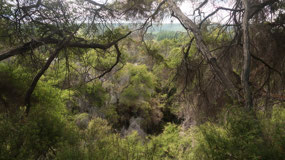
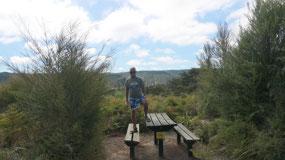
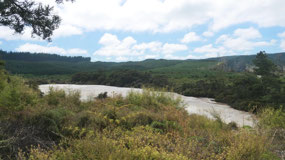
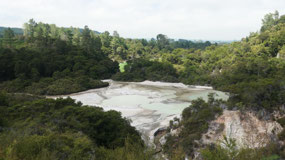
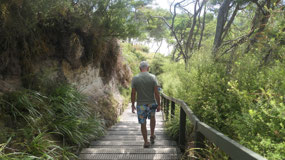
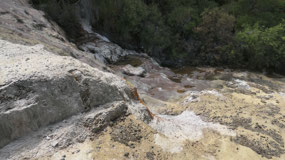

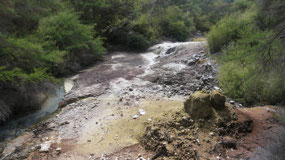
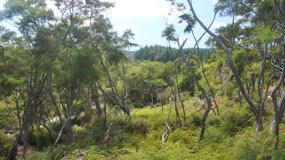
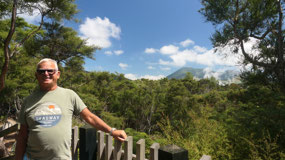
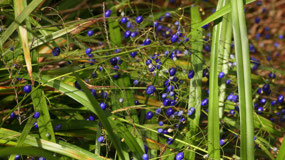
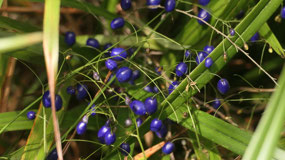
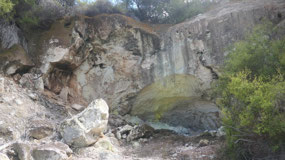
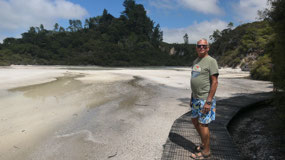
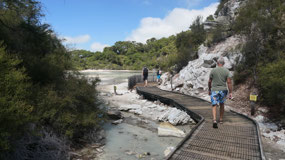

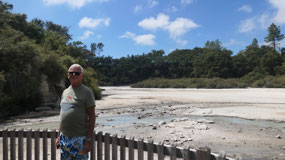
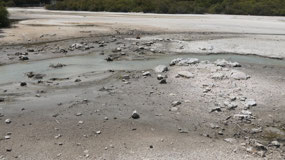

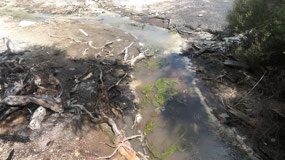
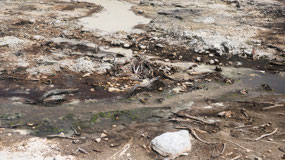
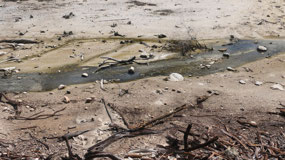
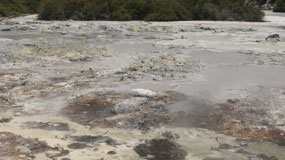
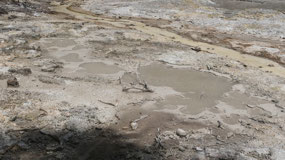
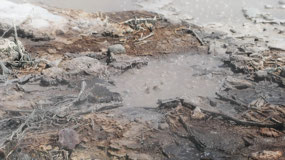
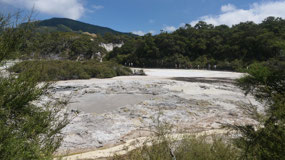
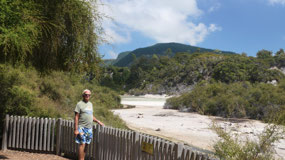
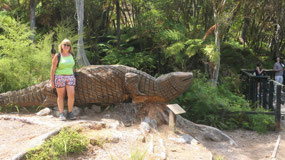
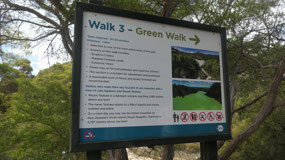
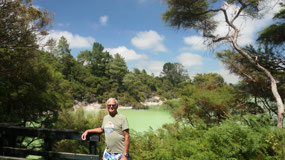
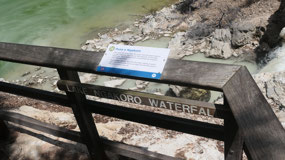
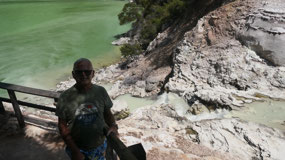

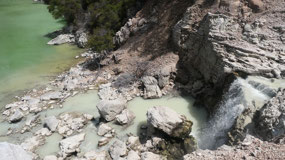
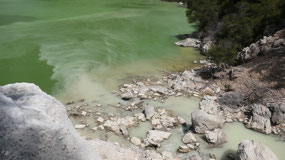

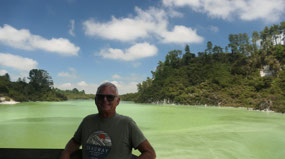
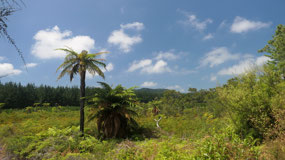
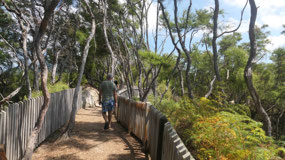
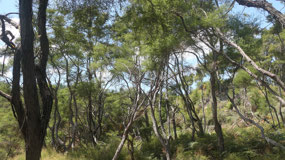
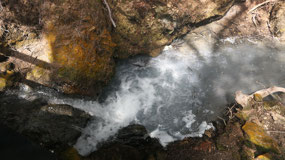
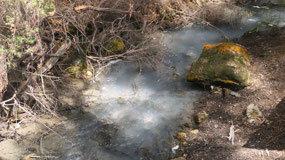
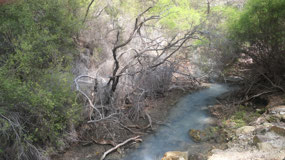
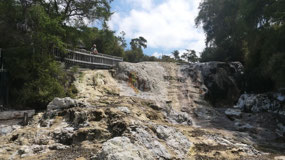
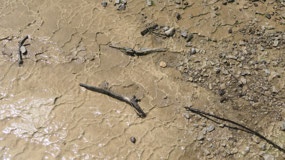
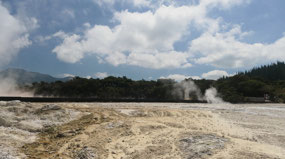
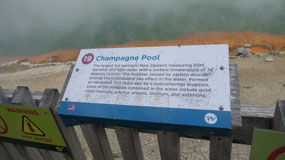
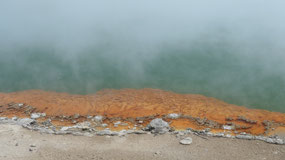
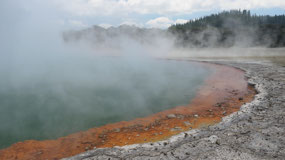
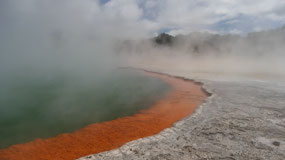
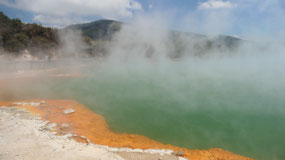
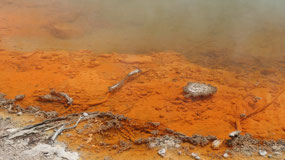
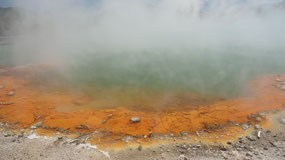
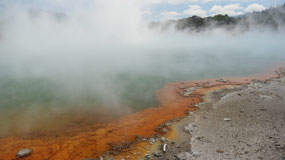

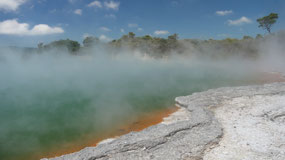
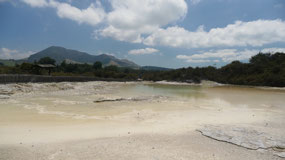
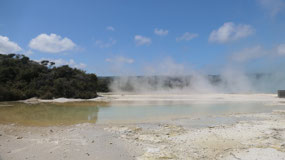
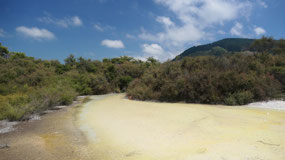
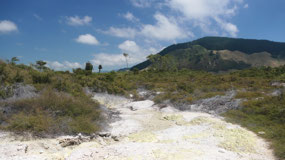
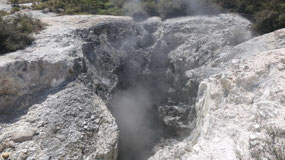
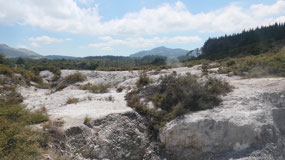
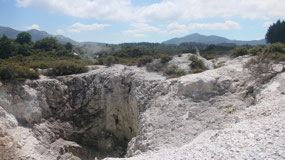
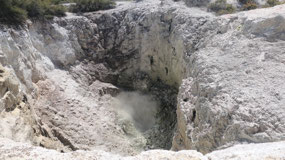
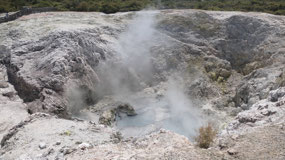

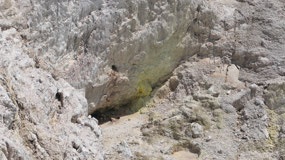

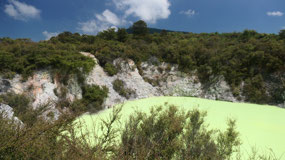
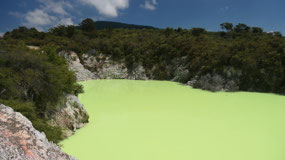

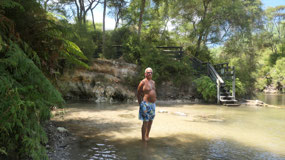
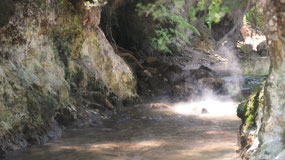
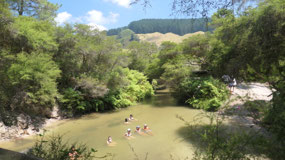
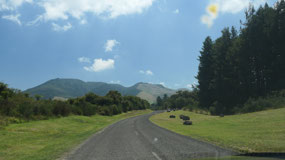
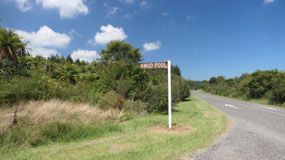
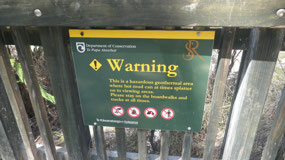
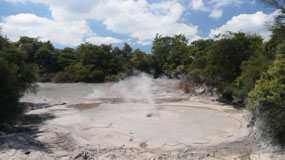
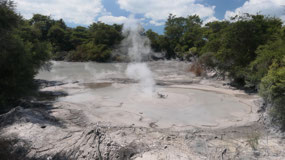
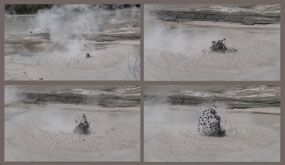
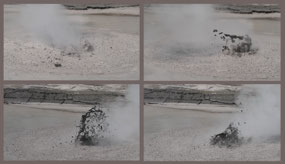
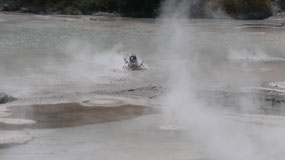
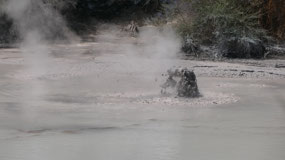
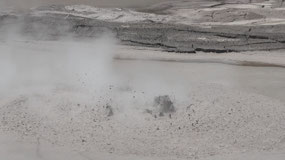
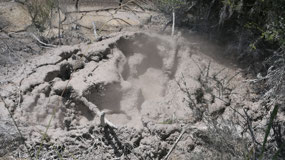
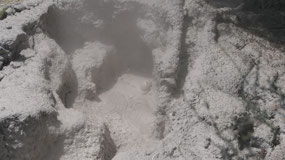
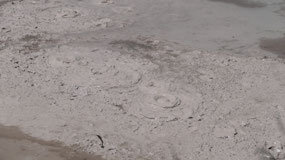
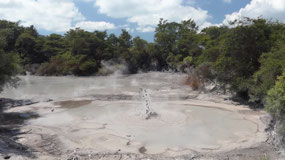
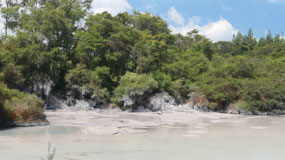
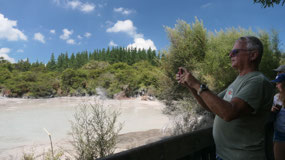
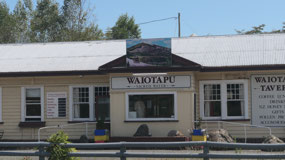
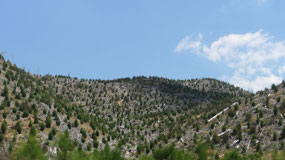
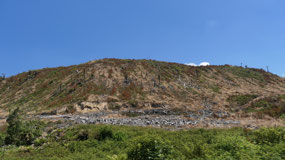
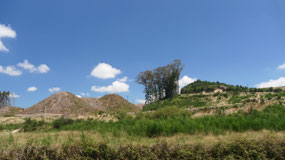
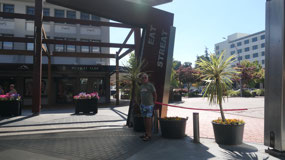
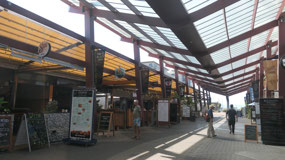
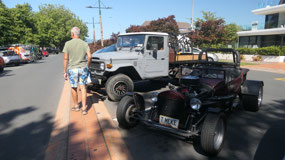
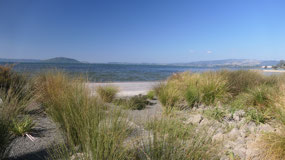
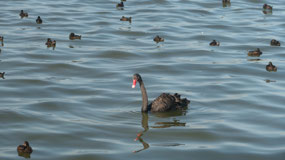
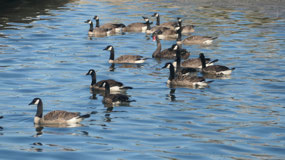
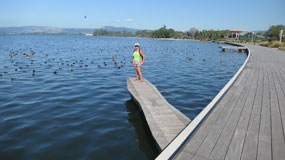

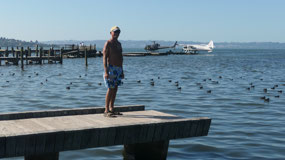
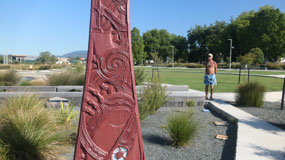
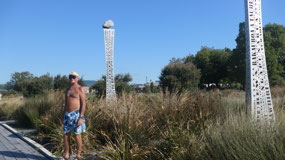
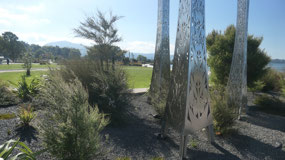
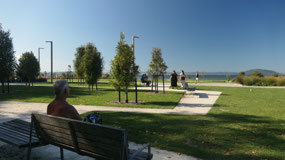
2025-05-23